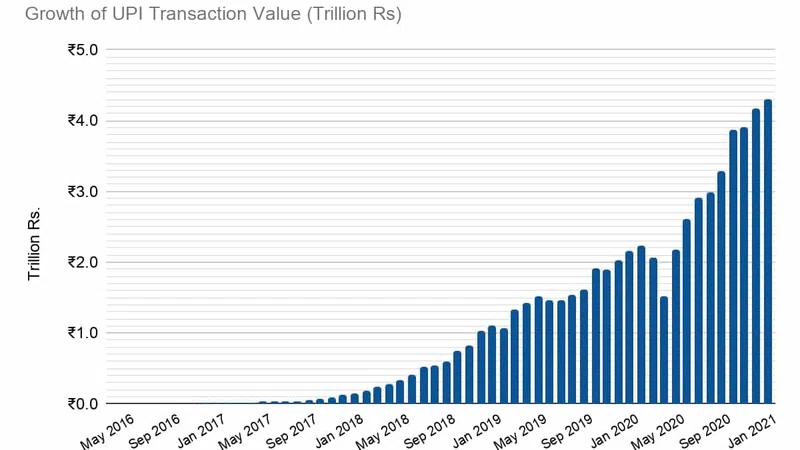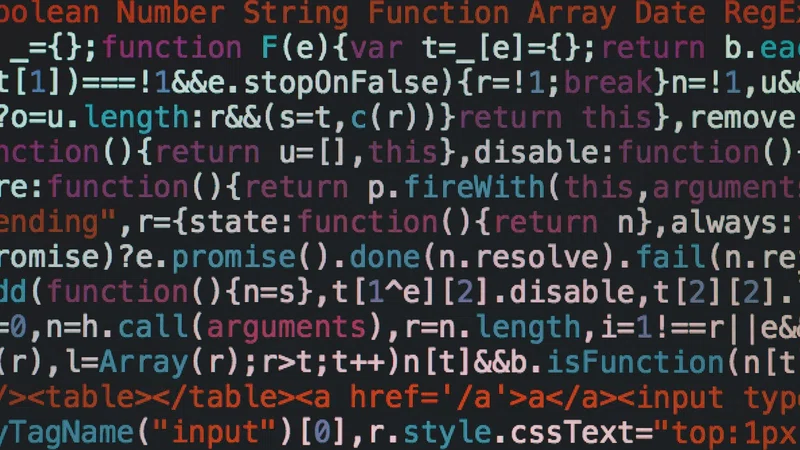Bad dealing and corruption have its roots since the Greeks and Romans times and represent a negative value no longer attributable only to social and cultural factors. Nowadays, it's also a destabilizing topic of the transparency of administrative action in using the public resources focalized to the future of citizens, a moral and ethical value about today we can re‐appropriate thanks to Emerging Technologies. Here's why we can do.
Scenario: Plan–Do–Check–Act
Every democratic system since the dawn of time has been affected by corruption, a system of illegal activities that over the centuries has assumed a connotation of bad governance up to a mechanism that today reduces the competitiveness of the Public Administration, neutralizes the decisions taken by the State to build a modern nation and makes special interests prevail at the expense of strict compliance with the law. Marco Postumio di Pyrgi, the Publican, is well aware of this, as Livio defined him to indicate him as “state contractor”, author of one of the first documented episodes of corruption in history. In fact, after winning a lucrative contract for the supply of goods to the army, he purposely sank the old ships at anchor loaded with low value goods and then demanded compensation from the state higher than the real value of the lost goods.
From that moment on, the system of corruption, extortion and patronage takes on more and more space in history, taking root from the Roman senatorial aristocracy up to the current digital transformation in such a profound way that it has never been reduced to a low‐impact physiological phenomenon. The story tells us over the centuries there has been a focus on remedies rather than on the creation of a culture of state legality, focusing on the efficiency of the bow from which to shoot the anti‐corruption arrows rather than putting in the quiver useful tools with which to hit the target.
The COVID‐19 pandemic raised a strong alarm bell regarding the high risk of corruption mechanisms, triggered by the need to stipulate direct emergency contracts to guarantee the necessary supplies, but which could be managed in real‐time in the future with the use of digital procurement platforms built on blockchain protocol, to make the contract inviolable, certified, secure from an IT point of view, automated and permanent.
What are the numbers of corruption?
Any activity of collaboration and cooperation between institutions, citizens, NGO and public authorities with the goal to access to economic resources for design, construction, management or maintenance of a physical or digital infrastructure, is by nature liable to interest corrupt and distorting the market. This obviously also applies to the supply of services in which the private sector has a strategic role in terms of defining quality, duration, frequency and influence on the desired price policies.
An index prepared by Transparency International on 180 nations, attests Italy in 51st place for perceived corruption, the 6th most corrupt in Europe, behind only the Slovak Republic, Greece, Hungary, Romania and Bulgaria. If we think that in the world 9.5 trillion $ is spent on public procurement every year by activating a complex involvement of final decision makers ‐ value in the EU represents 14% of GDP or 2000 billion / EUR ‐ it is clear why the Organization for Cooperation and economic development (OECD) estimates that up to 30% of the value of a public procurement is lost due to corruption. These data prompted World Bank to conclude that “reducing corruption in procurement can represent one of the most effective economic development programs a country can adopt today”.
In the process of Public Private Partnership (PPP), beyond the traditional internal and external controls about merit and substance, it is today possible to use Emerging Technologies with a high degree of maturity to radically lower the incidence of corrupt processes in the routine. In other words, combining the human ability to evaluate the transparency of a supply process thanks to experience, use, norms and custom and e.g. the usage of an incorruptible Artificial Intelligence for photographing every change of hands for competence, means creating a solid and new #OpenPA to use blockchain as a decisive tool.
Yet, the first step for the actors in the supply chain is therefore to identify the value of the blockchain to increase the transparency and accountability of the parties, creating a blockchain‐based public procurement system.
(to be continued ...)













